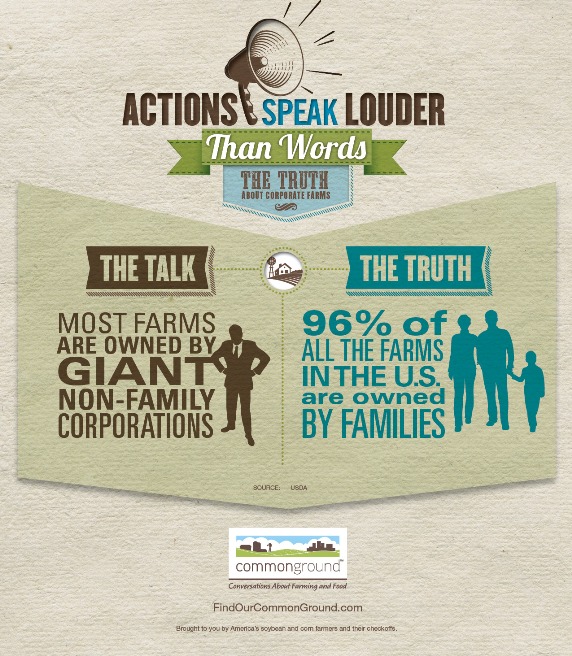I’m going to take this time to talk about the importance of agriculture education. When I say “agriculture education,” I don’t mean “study of agriculture” in a literal sense. My experiences with programs such as 4-H and FFA have cultivated me as an individual.
I’m an advocate for organizations such as the Future Farmers of America (FFA) and 4-H. I was an active member and serving officer in both and I feel very loyal to each of them. These organizations taught me leadership skills, responsibility, diligence, and allowed me to build life-long friendships. I learned personal values along with learning the importance of agriculture. Every student should know where their food comes from. Even a small foundation of knowledge would be helpful.

Of course, I learned much about the industry also, but my education about agriculture did not come solely from the classroom. In fact, quite the opposite. Through FFA, 4-H and interactive classes, I became an agriculture enthusiast. My passion for this industry stems from the education I received at a young age.
At my high school, we have a strong Agriculture Department. I had the best teachers who taught me nearly everything I know about the agriculture industry. The difference between an agriculture class and a regular class is the amount of time students get to spend outside of the classroom (or just away from their desk).
For example, in my Agricultural Biology class, we got to dissect a real calf heart. A few of my friends who were taking a regular biology class were reading about the circulatory system in a textbook. I got to experience the circulatory system.
Instead of learning about one digestive system, I got to learn about four: polygastric, monogastric, avian and equine.
I learned how to become a comfortable public speaker by having to present in each agriculture class I have ever taken.
I learned about each of the main commodities that the nation, state (California) and county (Humboldt) that I am from produces.
The things I learned from those classes were invaluable. I took various other agriculture classes throughout high school and college and can say one thing: I learned the most about life in those classes.

Agriculture education should be a requirement in the public school system to give kids a little bit of background knowledge on the world’s largest and most important industry. The programs encourage individual growth and leadership in teens. Going to school isn’t just about learning what is in textbooks; it’s about finding yourself as an individual. I believe the agriculture program at my high school including FFA and 4-H helped me find myself, and believe that every student can benefit from an education in agriculture.








